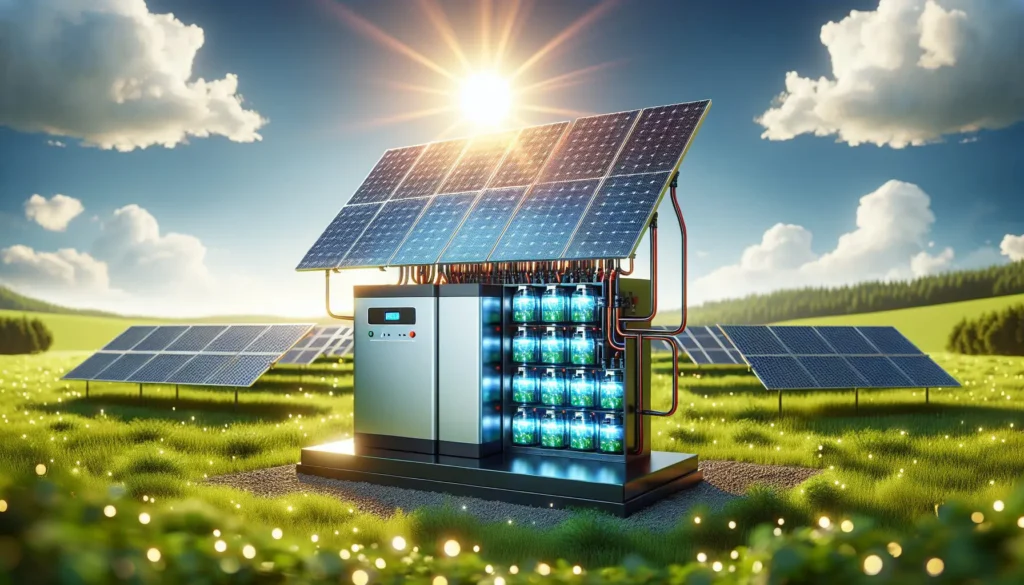
So, you’ve decided to go solar. That’s a smart move. But now comes the tricky part: Which type of solar system is right for your home? What is the Best Solar Setup for Pakistan? You’ve likely heard terms like on-grid, off-grid, and hybrid, but what do they really mean — and which one makes the most sense for our homes here in Pakistan?
Let’s break it down together. Because when it comes to investing in solar energy, one size definitely doesn’t fit all.
Understanding the Three Main Solar Systems
Think of solar systems like vehicles: they all get you from point A to B, but they work differently. Here’s a quick overview:
- On-Grid Solar System: Connected to the WAPDA grid. Any excess power you generate goes back to the grid (via net metering), and you draw power from the grid when needed.
- Off-Grid Solar System: Fully independent. You rely entirely on your panels and batteries. No WAPDA backup here.
- Hybrid Solar System: A mix of both. You have panels, batteries, and a grid connection. Smart, right?
Each setup comes with its own pros, cons, and best-use cases.
1. On-Grid Solar System: Smart for Budget-Conscious Urban Homes
Living in a city like Lahore, Karachi, or Islamabad? You probably have a fairly stable power connection. An on-grid system could be your best friend.
You generate your electricity, use what you need, and send the extra to the grid — earning credits through net metering. When the sun goes down or your load increases, you pull from the grid. No batteries, no stress.
Pros:
- Lower upfront cost (no batteries)
- Net metering helps reduce bills
- Efficient for daily use
Cons:
- Doesn’t work during outages (yes, really)
- Needs a stable grid to function
2. Off-Grid Solar System: Perfect for Remote Areas
This one’s for those in rural or off-grid locations. If your area faces frequent blackouts or has no grid access, this is the go-to choice. It relies solely on solar panels and battery storage.
Imagine living in Balochistan or a farmhouse near Multan where WAPDA doesn’t reach. An off-grid system gives you full independence — but comes with a price.
Pros:
- Full energy independence
- Works even in load-shedding or zero-grid areas
Cons:
- Higher setup cost (more batteries, more storage)
- Risky if the battery runs out during long cloudy days
3. Hybrid Solar System: The Best of Both Worlds
Now here’s the sweet spot. Hybrid systems combine solar panels, batteries, and the WAPDA grid. Think of it as your home running on solar most of the day, backed by batteries at night, and the grid as a last resort.
You get energy security, reduced bills, and net metering benefits.
Pros:
- 24/7 power supply
- Balances cost, savings, and convenience
- Handles blackouts effortlessly
Cons:
- More expensive than on-grid
- Slightly complex to set up
So, Which One Should You Choose in Pakistan?
What is the Best Solar Setup for Pakistan? It all comes down to your location, lifestyle, and budget.
- If you live in a city with good electricity and want lower bills: On-grid is ideal.
- If you’re in a remote location or face extreme load-shedding: Go off-grid.
- If you want reliability, savings, and backup all in one: Hybrid is the smartest choice.
Need help understanding what size system you need? Don’t miss our next blog: How to Size Your Solar System: Avoid These Common Mistakes (coming soon).
Also, if you want to know how to keep your panels running at full capacity, check out my previous blog: Solar Panel Maintenance: Tips to Maximize Lifespan and Efficiency.
Conclusion: Choose the System That Fits Your Life
The Best Solar Setup for Pakistan? There’s no one-size-fits-all in solar. Your neighbor might thrive with a hybrid system, while you might save more with an on-grid one. The point is to match the system with your unique lifestyle and energy needs.
So, before jumping into installation, get a professional consultation. It’s not just about panels and wires; it’s about designing a system that works for you.
Thinking of going solar? Let’s talk and help you choose the perfect solar setup for your home.







